WATINEE
Thai Solution Massage
Authentic Thai Therapeutic Massage in Downtown Bayonne
21 Rue Poissonnerie,
2nd Floor,
64100 Bayonne
(+33) 07 66 26 14 25
(fr/en/th)
Book your therapeutic experience now!
WATINEE
Thai Solution Massage
Authentic Thai Therapeutic Massage in Downtown Bayonne
21 Rue Poissonnerie,
2nd floor,
64100 Bayonne
Book your therapeutic experience now!
(+33) 07 66 26 14 25
(fr/en/th)
Lower Back Sprain and Hip Disorders Understanding and Restoring Balance with a 4 System Approach
Massage Bayonne – Lower Back Sprain
Understanding Deeply and Restoring Step by Step for the Body to Heal Itself
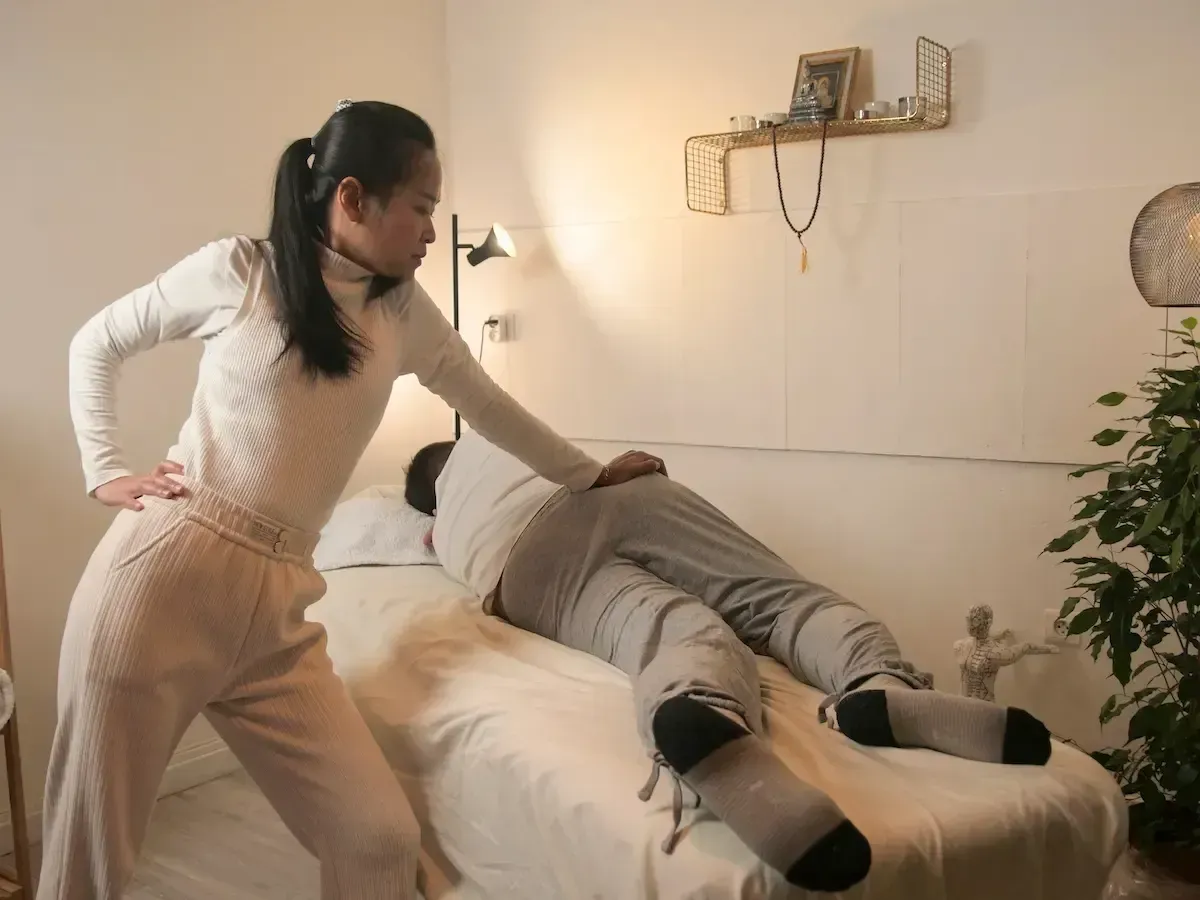
Fig. 1: Massage Bayonne – Relief of lumbar sprain with Thai Solution Massage
A lower back sprain often strikes without warning — a sudden sharp pain when standing up from a chair, a jolt while lifting and twisting, or stiffness after a long car ride that makes it hard to rise. The discomfort is not confined to the lower back : it often radiates through the hamstrings, hips, and even the tailbone, making bending, stretching, or turning movements difficult.
This article invites you to see lower back sprain as a whole-body issue: to understand the pain cycle that can turn acute discomfort into a chronic problem, and to explore a four-system step-by-step approach (tendons and muscles → fascia → energy points → bone balance). By following this sequence, the body is given the opportunity to restore itself naturally, avoiding the short-lived relief that comes from pressing hard only on the painful spot.
What is a Lower Back Sprain and How is it Different from a Herniated Disc?
A lower back sprain refers to irritation, strain, sprain, or overstretching of the soft tissues in the lumbar–pelvic area, such as muscles, tendons, fascia, and the small supporting joints. When this happens, the body responds with a protective mechanism: the muscles tighten and movement is restricted, which further increases stiffness and pain.
Read this article: Sprain of the lower back – causes, symptoms, treatment
Not the same as a herniated disc: in that case, the spinal disc bulges or protrudes and compresses a nerve root, causing radiating pain down the leg, numbness, or muscle weakness.
However, if faulty movement patterns continue (such as sitting long hours with a rounded back, poor hip hinging, or chronically tight hamstrings), the risk of worsening the problem or developing additional conditions rises.
If you experience severe numbness or weakness, loss of bladder or bowel control, intense pain after trauma, fever, or unexplained weight loss, you should seek immediate medical attention.
What Causes a Lower Back Sprain? (Mechanical Overview)
The trigger may be a single twist–bend–lift movement, prolonged sitting in repetitive postures, exerting force too quickly, or even a strong cough or sneeze. But the real fuel usually lies in movement patterns and accumulated tension, especially across three interrelated zones:
Hamstrings (back of the thighs) – Attached to the sit bones, when tight or overworked they pull the pelvis backward, flattening the lower back or forcing it to compensate during bending, which overloads the lumbar ligaments and joints.
2. Lower back muscles (erectors, quadratus lumborum) – Once forced to compensate, they switch into “protection mode,” contracting constantly and creating pain, stiffness, and fatigue.
3. Coccyx, sacrum, and sacroiliac joints (SI joint) – These serve as the pelvis’s “hinges.” If the posterior ligaments (including the sacrotuberous ligament linked to the hamstrings) are tight, the hinge becomes stiff or tilts to one side.
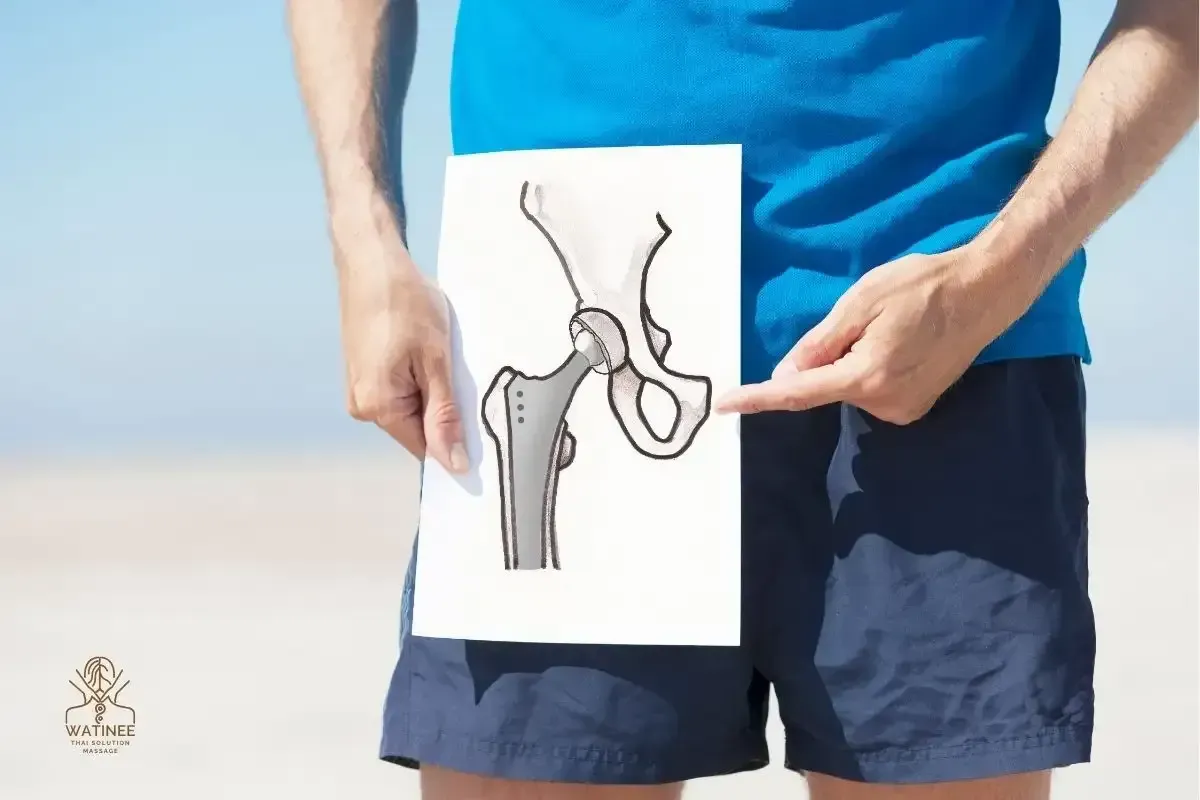
Fig. 2 : Mechanisms of lumbar sprain showing the hip joint
Picture a rope (hamstrings) pulling on a door frame (pelvis), making the hinge (sacrum/joints) rigid. After opening and closing (bending and extending) many times, the hinge eventually sprains.
Why Are the Hamstrings, Lower Back, and Tailbone So Tightly Connected?
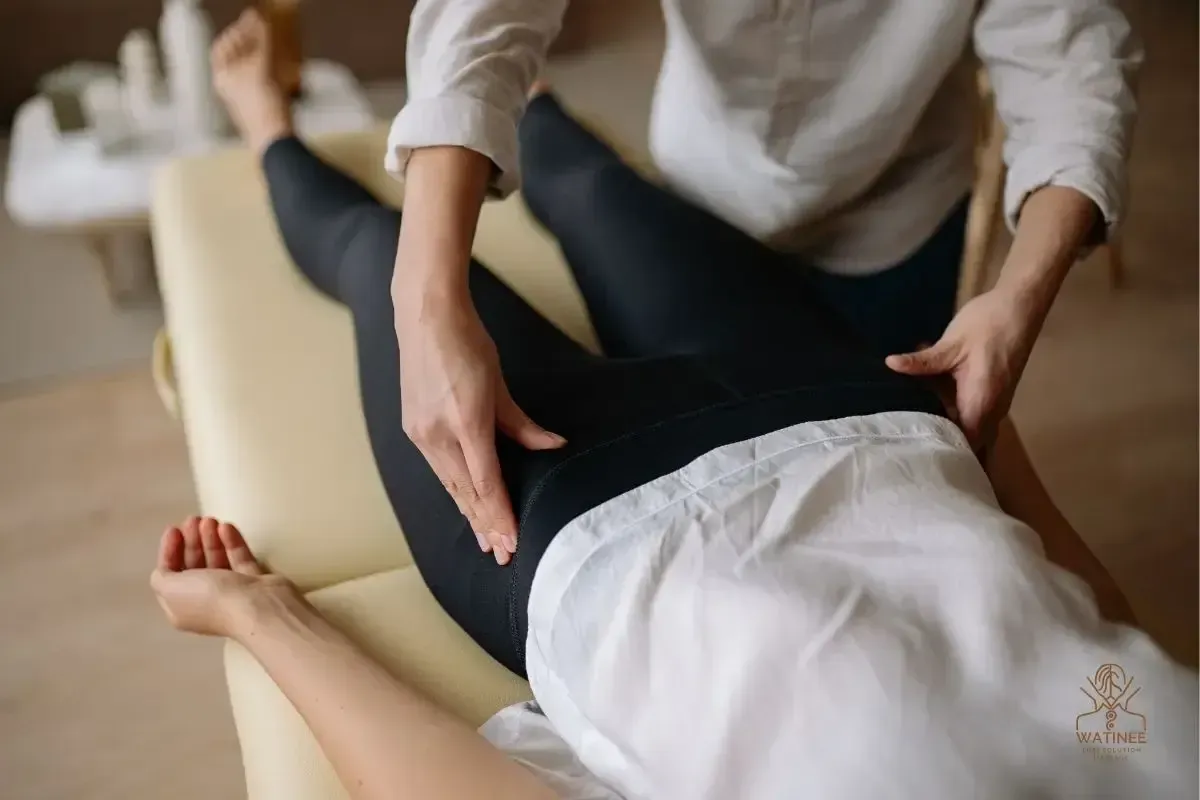
Fig. 3 : Massage Bayonne – Exploring energy points to check hip stiffness
The hamstrings pull the pelvis backward → the lower back must flatten or bend to compensate during forward motion.
The sacrotuberous ligament links the hamstrings to the sacrum/coccyx → when tight, the pelvic ring becomes stiff.
When the pelvic hinge is restricted, bending shifts excessively into the lower back → leading to repeated sprains.
👉 Therefore, for lasting relief, it is crucial to release the hamstrings and the posterior fascia, teach the body to hinge at the hips, and restore pelvic balance.
The Pain Cycle: Why It So Easily Becomes Chronic
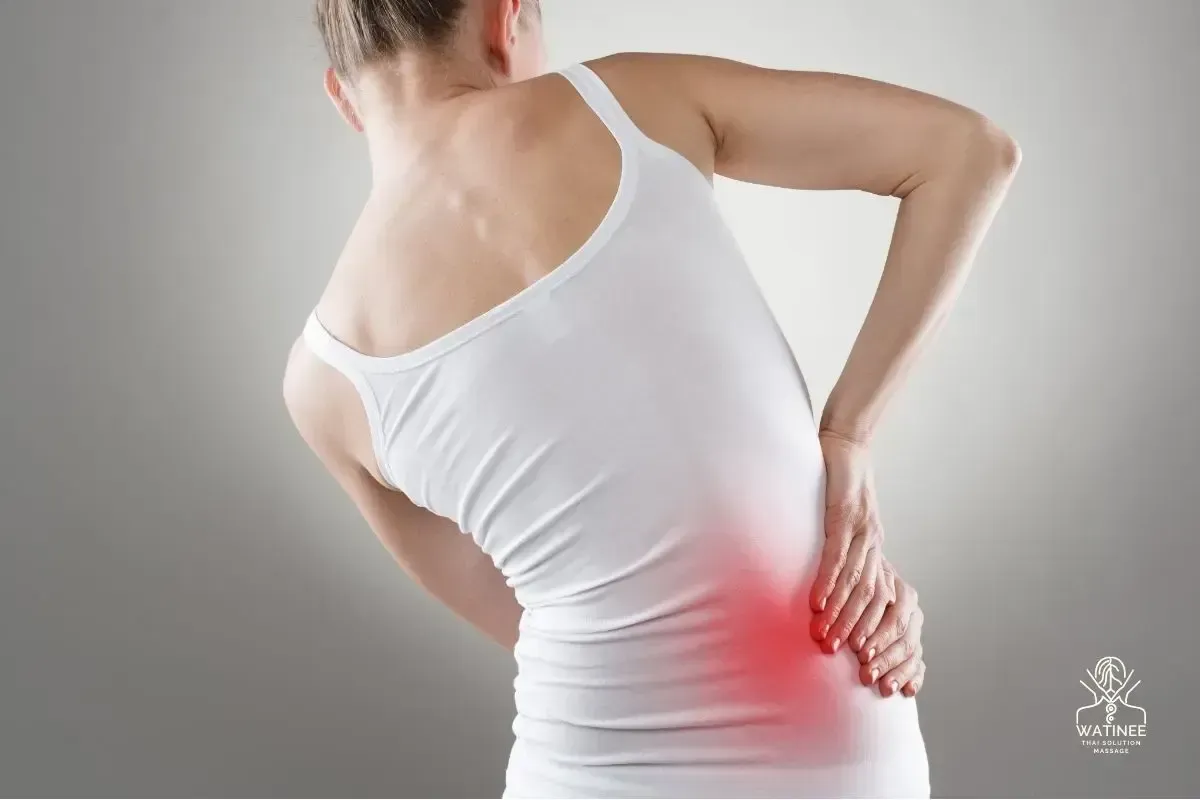
Fig. 4 : Massage Bayonne – Chronic low back and hip pain illustration
1. Acute pain → the body tightens to protect itself
2. Prolonged tension → fascia stiffens or sticks along the “posterior chain” (foot–calf–hamstrings–lower back)
3. Compensatory movement (bending from the back instead of the hips) → repeated overload on lumbar joints
4. Nervous system becomes more sensitive to pain → discomfort triggered even by minor stress
5. You fear moving → less circulation, slower tissue healing → back to step 1
👉 Breaking free from this cycle is not about “pressing hard on the sore spot,” but about unlocking each layer in sequence, allowing the body to return to its natural way of functioning.
Common Misconceptions
Press hard where it hurts and it will go away
→ Relief may be short-term, but without addressing hamstrings, fascia, or compensatory movement, the pain will return.
You must stay in bed for days
→ Prolonged immobility stiffens fascia, reduces circulation, and increases pain sensitivity. Gentle, safe movement is better.
Stretching alone is enough
→ You also need to strengthen the core and glutes; otherwise, joints continue to be used incorrectly.
The bone is out of place and must be put back
→ Often it is muscles and fascia locking the joint, making it feel stuck. Self-adjustments are risky; tissues should be released first and movement retrained.
Back pain always means a herniated disc
→ Most lower back pain is not due to a herniated disc and improves with conservative care.
The Principle of the Four-System Step-by-Step Approach
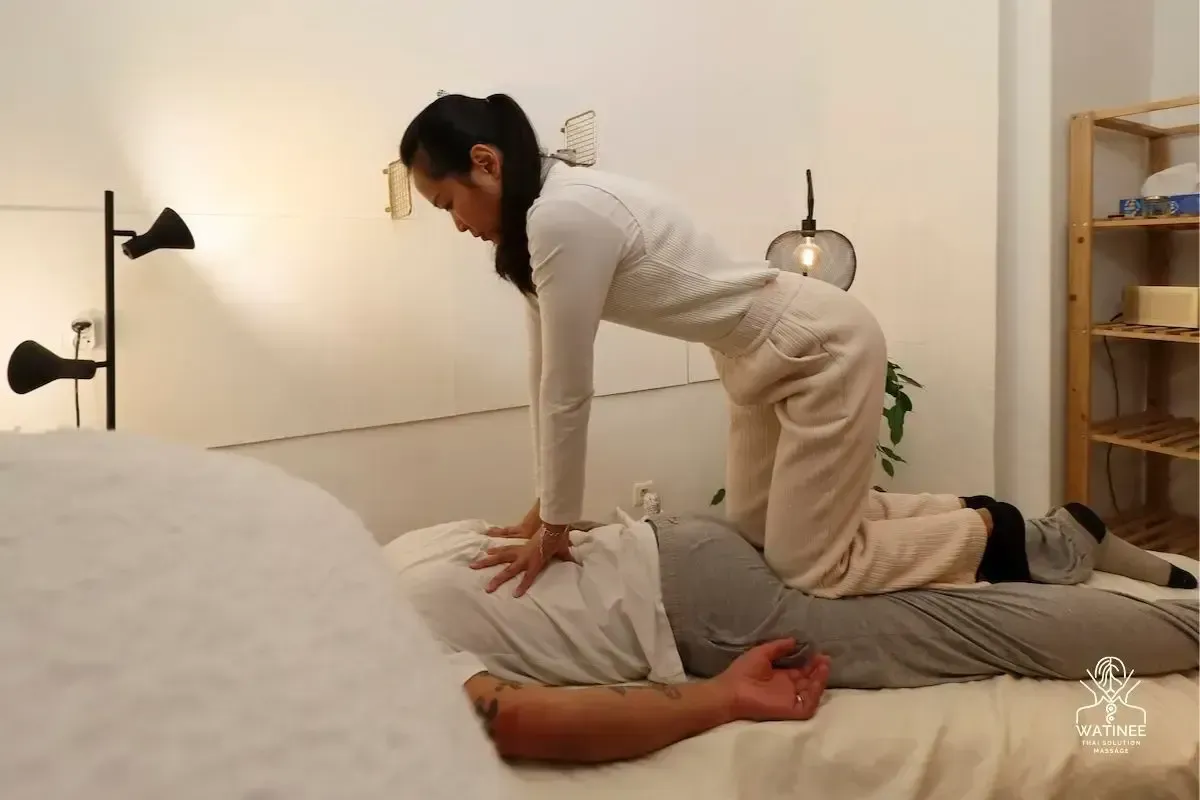
Fig. 5 : Massage Bayonne - 4-system approach for the lower back and hips
When lower back pain or a “lumbar sprain” strikes, many assume that a light stretch or pressing on the sore spot is enough. In truth, the body functions as a whole: tendons, muscles, fascia, energy pathways, and bone structure are interconnected. Lasting relief requires working in sequence and with precision. Otherwise, the pain can easily become chronic or keep returning.
Unlocking step by step = giving the body space to heal itself
1) Tendons and muscles → 2) Fascia → 3) Energy points → 4) Bone balance
1) Releasing Tendons and Muscles
Principle: Tendons connect muscles to bones. When a tendon is tight, the entire muscle line is pulled taut, like a rope so stiff that a hinge cannot move. Effective “muscle release” must therefore begin with easing the tendon at its bony attachment, allowing the muscle to relax naturally.
Example :
The hamstrings attach to the sit bones → if tight, they pull the pelvis backward → the lower back muscles are forced to tense in compensation.
Releasing isn’t just about stretching the mid-thigh; it requires knowing where the “tendon head” is and freeing it for lasting results.
👉 Safe to do on your own:
Gentle exercises like pelvic tilts, bridges, or bird dog help blood circulation and keep tendons from becoming overly tight.
👉 Précaution :
Direct pressure on tendon attachments or forceful pulling should only be done by trained professionals. Done incorrectly, these techniques may worsen pain.
👉 Effets observés :
Fewer sudden pain jolts, smoother sit-to-stand movements, and improved rotation without stiffness.
2) The Fascia System
Principle: Fascia is like a transparent sheet wrapping around the muscles, linking them into continuous lines. When fascia becomes stiff or stuck, movement feels “locked as one piece”: even if part of it loosens, the tension pulls back again. Proper fascia release must follow the direction of the line and identify where it is thick or thin, targeting only the genuinely restricted areas rather than just rubbing everywhere.
Examples :
Posterior chain (foot–calf–hamstrings–lower back) → if rigid, bending forward produces intense lumbar tightness.
Lateral chain (flanks–hips) → if adhered, side bending or twisting causes pain.
👉 Safe to do on your own:
Gentle movement, slow walking, and drinking enough water to keep fascia hydrated and supple.
👉 Caution:
Deep fascia work should be performed by a professional, since pulling in the wrong direction can worsen restrictions or make adhesions tighter.
👉 Observable effects:
Movements feel more “fluid,” legs swing more freely, and the straight leg raise test shows greater range.
3) The Energy Point System
Principle: Painful spots do not occur in isolation, but are connected to the body’s energy meridians. Lower back pain is therefore often linked to several lines, not just the lumbar area alone.
Meridians commonly involved in lower back issues:
Bladder meridian (BL line): runs from the neck → lower back → glutes → legs → calves → heel. A major line where tightness accumulates and often reflects as back pain.
Gallbladder meridian (GB line): runs from the temples → neck → flanks → hips → down the outer leg → heel. Associated with hip pain and side waist tension.
Kidney meridian (KI line): starts at the sole of the foot → travels up the inner leg → knee → thigh root → connects into the abdomen and lower back. Directly linked to spinal strength and lumbar stability.
Liver meridian (LV line): travels up the inner thigh → groin → abdomen → chest. Strongly connected to the muscle–tendon system; if tight, it stiffens pelvic attachments and pulls on the lower back.
Spleen meridian (SP line): runs from the toes → inner leg → knee → thigh root → abdomen. Related to blood and energy circulation; when stiff, it can cause heaviness and discomfort in the pelvis and back.
Therefore, point work should not be just “pressing where it hurts,” but identifying which meridian is involved and applying gentle, sustained pressure until the body releases.
👉 Caution :
Pressing too deeply without knowledge of the lines can irritate nerves or increase muscle tension. This work should be performed by a trained professional.
👉 Observable effects:
Radiating pain lessens, muscles “let go,” and a broad sense of lightness spreads through the area.
4) The Bone Balance System
Principle: The pelvis and sacrum act like a “wheel.” If tendons are tight, fascia stiff, and energy points not yet released, forcefully moving the bones may cause resistance and worsen pain. Proper balancing must therefore wait until the first three systems have been released, before restoring symmetry to the bones.
Principle: The pelvis and sacrum act like a “wheel.” If tendons are tight, fascia stiff, and energy points not yet released, forcefully moving the bones may cause resistance and worsen pain. Proper balancing must therefore wait until the first three systems have been released, before restoring symmetry to the bones.
Methods:
Use strengthening exercises such as bridge, dead bug, or side plank with knees so that muscles help stabilize the joints.
Any adjustment or manipulation should be performed only by a trained professional, and always with gentle technique.
👉 Observable effects:
Left-right trunk rotation becomes more even, strides lengthen, and walking feels balanced on both sides.
Why Follow the Sequence?
If fascia is released without freeing the tendons → the muscles will still be pulled tight again.
If energy points are pressed without loosening the fascia → energy will not flow fully along the lines.
If bones are balanced without unlocking the first three systems → they will be pulled back into misalignment.
In summary: The order 1 → 2 → 3 → 4 is about opening each layer step by step, allowing the body to restore itself naturally.
Self-Care Basics (Safe and Practical)
Choose movements that do not increase pain, aim for a feeling of “comfortable stretch,” and accompany them with deep breathing.
10–15 Minute Routine, 1–2 times per day
1. Abdominal breathing + pelvic tilts: lying on your back with knees bent, gently tilt the pelvis, 8–10 reps.
2. Hamstring stretch with strap: raise one leg at a time until comfortably tight, hold 20–30 seconds × 2–3 per side.
3. Glute stretch: hold 20–30 seconds × 2 per side.
4. Short bird dog: lift opposite arm and leg slightly, keep the back stable, 5–8 reps per side.
5. Glute bridge: lift hips gently, focusing on glutes working, 8–10 reps.
6. Walk 5–10 minutes, finish with gentle arm swings.
Cautions
Do not bend to pick things up with your back — use a hip hinge (bend at hips, keep back long).
Avoid bouncing stretches and deep pressure on the lumbar spine.
If you have a history of back/hip surgery or specific bone/joint conditions, stick to very gentle exercises and consult a professional.
Summary:
Why the “Four-System Sequence” Matters
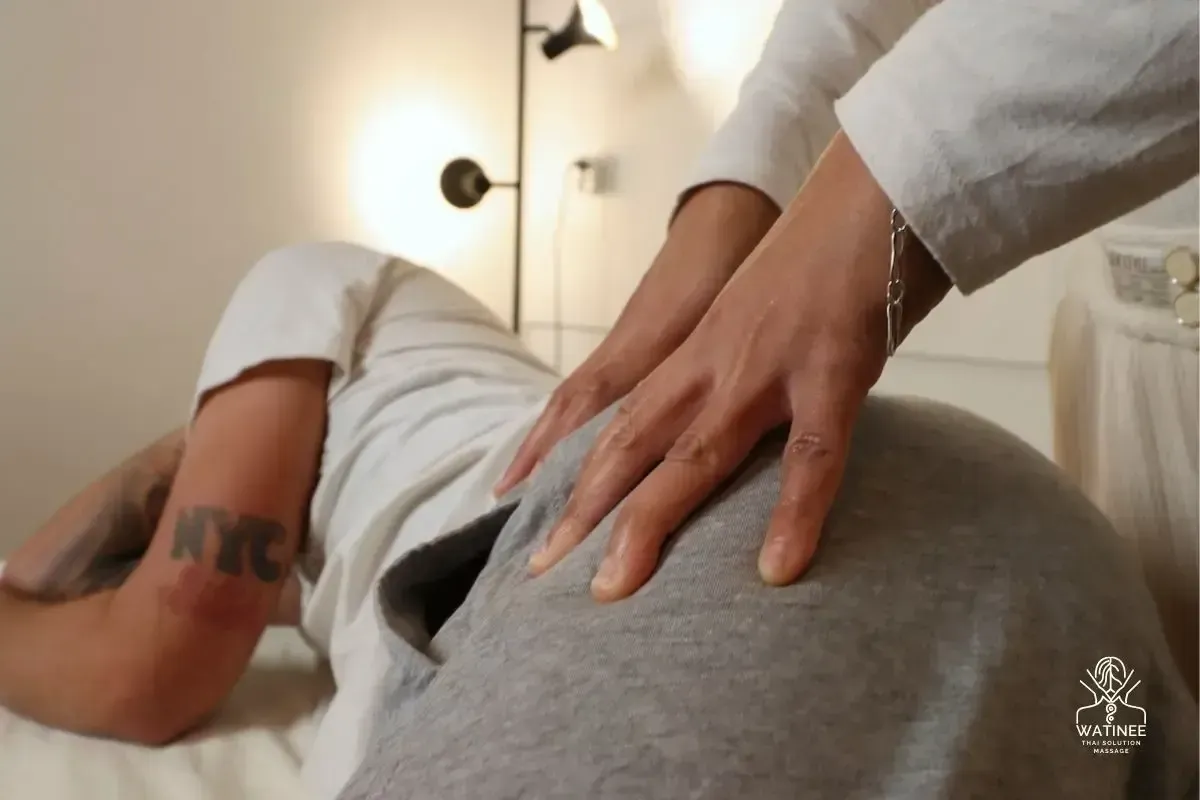
Fig. 6 : Massage Bayonne – Acupressure technique to relieve lower back and hip pain
A lower back sprain is rarely a single-point issue; it is usually a chain reaction involving the hamstrings, posterior fascia, tender points around the hips, and the pelvic hinge. Applying strong pressure only at the painful spot brings short-lived relief.
For long-term recovery, the sequence should be: release muscles/tendons → free the fascia → address energy points → reset bone balance. This layered approach opens the way for the body to heal itself to its full potential.
If, after reading this, you feel ready to begin, start with the 10–15 minute routine outlined above, once or twice a day. Pay attention to the “flow” in your legs, hips, and back as you rise, bend, or stand tall. With consistency and step-by-step progression, you’ll realize that your body is far better at healing itself than you might have thought ✦
This content is intended for general informational purposes only and does not constitute a medical diagnosis or medical advice. If you experience severe symptoms, lack of improvement, or warning signs (such as significant numbness or weakness, loss of bladder or bowel control, fever following back pain, major trauma, etc.), you should always consult a physician or qualified healthcare professional.
Local Information:
Our massage center is ideally located in the heart of Bayonne, in the beautiful Basque Country—just 15 minutes from Biarritz.
Address : 21Rue Poissonnerie, 2nd floor, 64100 Bayonne, France
Phone : (+33) 07 66 26 14 25

For reviews and more details about our massage Bayonne services, visit our Google Business Profile.
Discover the must-do activities in Bayonne to extend your massage Bayonne experience
A perfect place for a relaxing walk before or after your session
Découvrez ça
IMPORTANT : Visits by appointment only
To ensure personalized attention and the availability of our expert, please call us in advance to schedule your session
Booking:
(+33) 07 66 26 14 25
(fr/en/th)
Opening hours:
Mon-Fri : 10h-19h
Sat-Sun : 10h-12h30
Addresse:
21 Rue Poissonnerie, 2nd floor, 64100 Bayonne, FR
Email:
info@watinee-thaisolutionmassage.com
© 2025 Watinee Thai Solution Massage. All rights reserved.
Opening hours:
Mon-Fri : 10h-19h
Sat-Sun : 9h30-12h30
Addresse:
21 Rue Poissonnerie, 2nd floor, 64100 Bayonne, FR
Booking:
(+33) 07 66 26 14 25
(fr/en/th)
Email:
info@watinee-thaisolutionmassage.com
© 2025 Watinee Thai Solution Massage. All rights reserved.






